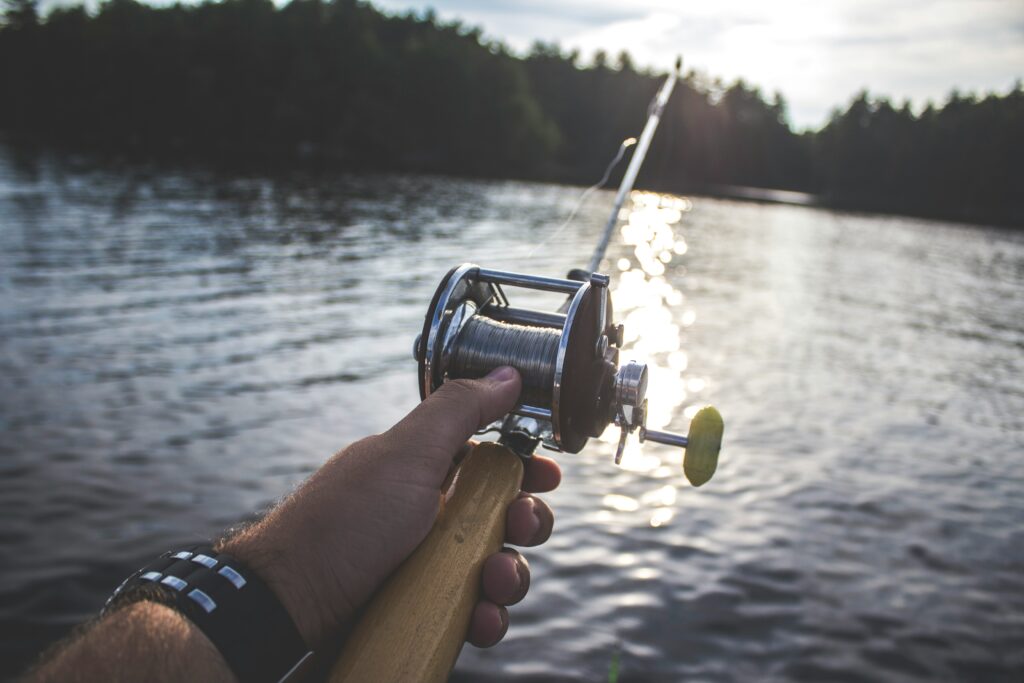
Fishing, a timeless pursuit that combines patience, skill, and appreciation for nature, has been a cherished pastime for centuries. In the realm of water games, fishing takes on a new dimension, offering enthusiasts the opportunity to experience the thrill of the catch in virtual waters. Whether you’re casting your line in a serene lake or battling a trophy fish in the depths of the ocean, fishing in water games provides an immersive and rewarding experience. In this guide, we’ll explore the essentials of how to fish in water games and offer tips for mastering this timeless art form.
Understanding Fishing in Water Games:
Fishing in water games simulates the experience of real-life fishing, allowing players to cast their lines, reel in fish, and compete in virtual tournaments. Depending on the game, players may encounter a variety of fishing environments, including lakes, rivers, oceans, and even fantastical settings. The objective of fishing in water games is to catch fish of various species and sizes, earn points or rewards, and progress through levels or challenges.
Essential Equipment:
Before embarking on your fishing adventure in water games, it’s essential to have the right equipment:
- Fishing Rod: Choose a fishing rod that is suitable for the type of fishing you’ll be doing in the game. Different rods are designed for specific techniques, such as casting, spinning, or fly fishing. Pay attention to factors such as length, action, and power to ensure your rod matches the fishing conditions.
- Fishing Line: Select a fishing line that matches the weight and strength requirements of the fish you’ll be targeting. Monofilament, fluorocarbon, and braided lines are popular choices, each offering unique properties such as stretch, visibility, and abrasion resistance.
- Hooks and Lures: Stock up on a variety of hooks, lures, and baits to entice fish to bite. Experiment with different colors, shapes, and sizes to mimic the natural prey of the fish you’re targeting. Consider factors such as water clarity, weather conditions, and the behavior of the fish to choose the right lure for the job.
- Tackle Box: Organize your fishing tackle in a tackle box to keep everything organized and accessible while fishing. Include essentials such as pliers, scissors, line cutters, and extra terminal tackle to handle any situation that may arise on the water.
- Fishing Accessories: Don’t forget to bring along essential fishing accessories such as a fishing net, fish gripper, and fish scale to safely handle and measure your catch. A waterproof bag or backpack can also help protect your gear from water damage while fishing.
Basic Techniques:
- Casting: Master the art of casting by practicing different casting techniques such as overhead casting, sidearm casting, and roll casting. Pay attention to factors such as wind direction, casting distance, and accuracy to effectively place your lure in the desired location.
- Retrieving: Experiment with various retrieval techniques such as steady retrieve, stop-and-go retrieve, and twitching retrieve to entice fish to strike. Adjust the speed, depth, and rhythm of your retrieve based on the behavior of the fish and the conditions of the water.
- Setting the Hook: When you feel a bite or see a strike, set the hook by quickly and firmly lifting the rod tip to drive the hook into the fish’s mouth. Practice timing and finesse to ensure a solid hook set without pulling the hook out of the fish’s mouth.
- Playing the Fish: Once you’ve hooked a fish, play it carefully by maintaining steady pressure on the line and allowing the fish to tire itself out. Use the rod to control the fish’s movements and prevent it from breaking the line or escaping.
- Landing the Fish: When the fish is tired and ready to be landed, carefully bring it close to the shore or boat using the rod and reel. Use a fishing net or fish gripper to safely lift the fish out of the water and avoid injury to yourself or the fish.
Advanced Techniques:
- Matching the Hatch: Pay attention to the natural prey of the fish you’re targeting and select lures or baits that closely resemble their appearance, size, and behavior. Matching the hatch increases your chances of success and entices fish to strike.
- Reading the Water: Learn to read the water and identify key features such as structure, currents, and underwater vegetation where fish are likely to congregate. Look for areas with cover, depth changes, and natural ambush points to maximize your fishing opportunities.
- Adapting to Conditions: Adapt your fishing techniques and strategies to match changing weather conditions, water temperatures, and environmental factors. Experiment with different presentations, depths, and lure colors to find what works best under current conditions.
- Conservation Practices: Practice responsible fishing techniques such as catch-and-release, selective harvest, and proper fish handling to ensure the sustainability of fish populations and habitats. Handle fish gently, avoid causing unnecessary stress or injury, and release undersized or unwanted fish unharmed back into the water.
Safety Tips:
- Be Mindful of Surroundings: Pay attention to your surroundings and watch for obstacles such as rocks, trees, and other anglers while fishing. Stay alert and avoid casting near people or objects to prevent accidents and injuries.
- Wear Sun Protection: Protect yourself from the sun’s harmful rays by wearing sunscreen, sunglasses, and a wide-brimmed hat while fishing. Reapply sunscreen regularly and seek shade or cover during peak sun exposure to avoid sunburn and heat-related illnesses.
- Stay Hydrated and Nourished: Stay hydrated and nourished while fishing by drinking plenty of water and packing snacks or meals to fuel your energy levels. Avoid alcohol and caffeinated beverages, which can dehydrate you and impair your judgment while fishing.
- Respect Wildlife: Respect the natural environment and wildlife while fishing by observing local regulations, avoiding sensitive habitats, and minimizing your impact on the ecosystem. Dispose of trash properly, avoid disturbing nesting birds or wildlife, and leave the area cleaner than you found it.
Conclusion:
Fishing in water games offers an immersive and rewarding experience that captures the essence of the timeless pursuit of angling. By mastering essential techniques, practicing responsible fishing practices, and respecting the natural environment, players can enjoy the thrill of the catch and the beauty of the water while participating in virtual fishing adventures. So grab your rod, bait your hook, and cast your line into the virtual waters as you embark on an unforgettable journey of exploration, discovery, and angling excitement in water games.
